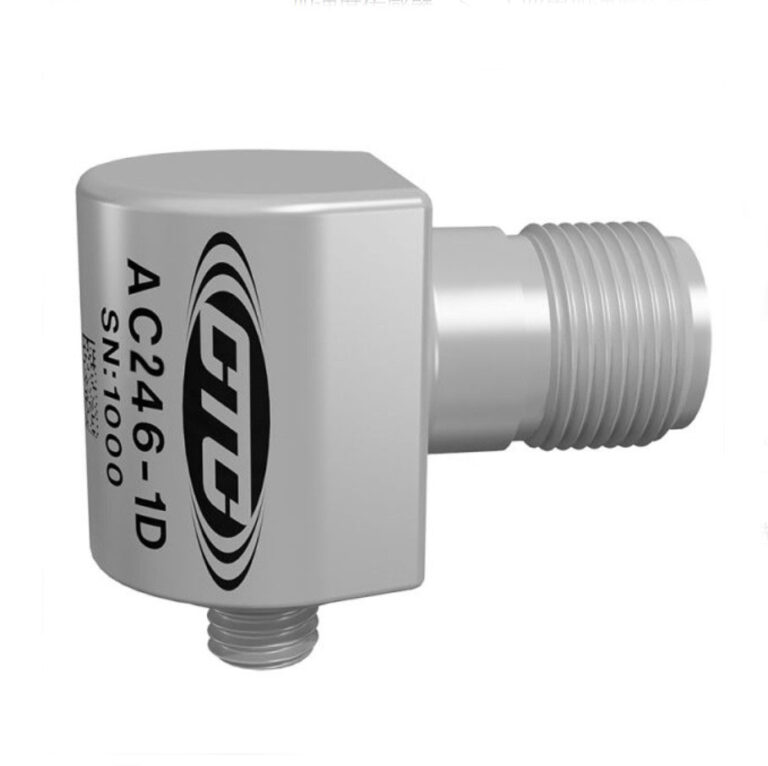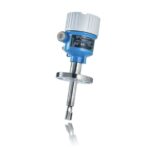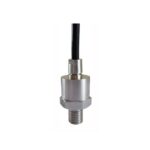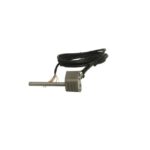The General-Purpose Accelerometer Vibration Sensor (e.g., CTC AC104-M12A) operates based on the piezoelectric effect to detect and measure mechanical vibrations in industrial equipment.
1. Core Mechanism
Piezoelectric Sensing Element: The heart of the general-purpose accelerometer vibration sensor is a piezoelectric crystal (e.g., quartz or ceramic). When subjected to mechanical stress (vibration or shock), it generates an electric charge proportional to the applied force.
Inertial Mass (Seismic Mass): A mounted mass within the sensor reacts to vibration-induced motion. As the sensor’s base moves with the vibrating object, the inertial mass exerts alternating forces on the piezoelectric element.
Housing and Mounting: A ruggedized housing (e.g., stainless steel) ensures durability and transmits vibrations efficiently via an M12 threaded base or similar interface.
2. Working Principle
Vibration-to-Electrical Conversion:
Vibrations from machinery cause the sensor’s base to oscillate. The inertial mass resists this motion, creating dynamic stress on the piezoelectric material.
The piezoelectric effect converts this stress into a charge signal (Q=d⋅F Q=d⋅F, where d
d is the piezoelectric constant and F is the force).
Signal Conditioning:
3. Built-in electronics (e.g., charge amplifier) convert the high-impedance charge into a low-impedance voltage or current output (e.g., 4–20 mA), suitable for long-distance transmission.
4. Filtering circuits may suppress noise outside the sensor’s operational bandwidth (typically 1 Hz–10 kHz).
3. Key Features
General-Purpose Design: This general-purpose accelerometer vibration sensor is optimized for broad industrial applications, including motors, pumps, and gearboxes.
Output Sensitivity: Calibrated to deliver linear acceleration measurements (e.g., 100 mV/g) across its specified range.
Environmental Robustness: IP67/IP68-rated housing ensures reliability in harsh conditions (dust, moisture, and mechanical shocks).
4. Applications
Predictive maintenance (e.g., detecting bearing wear or misalignment).
Structural health monitoring of rotating machinery.
The general-purpose accelerometer vibration sensor is also used in shock/impact testing due to its wide frequency response.
Notes:
Static Acceleration Limitation: Piezoelectric sensors cannot measure steady-state forces (e.g., gravity).
Installation: Secure mounting (threaded or magnetic) is critical to ensure accurate vibration coupling.
This versatile tool balances performance and durability, making it a staple in industrial vibration analysis.





